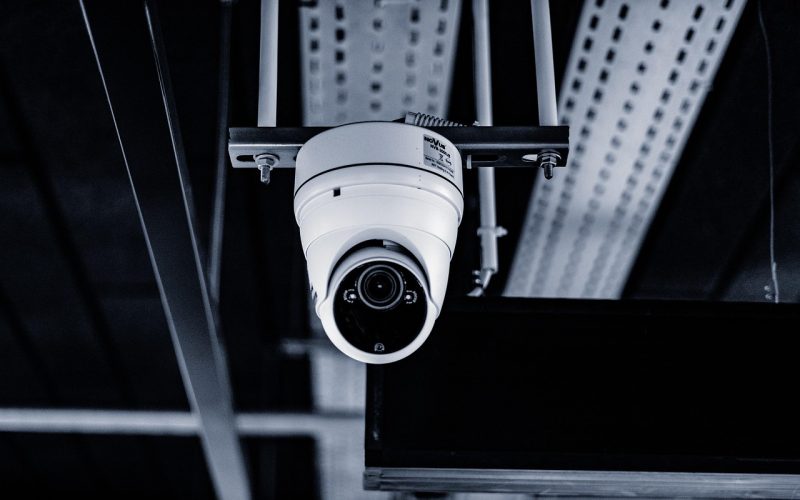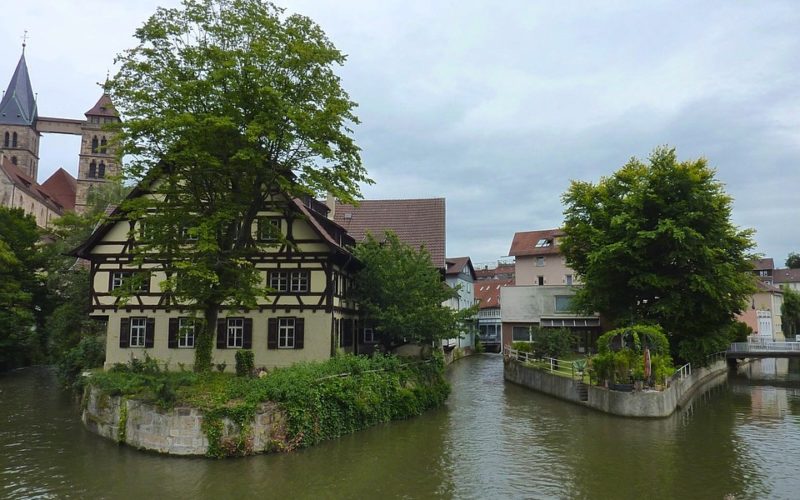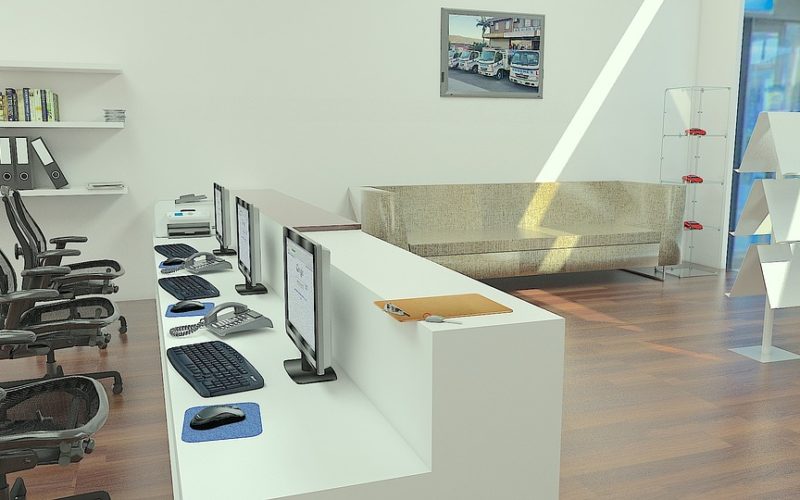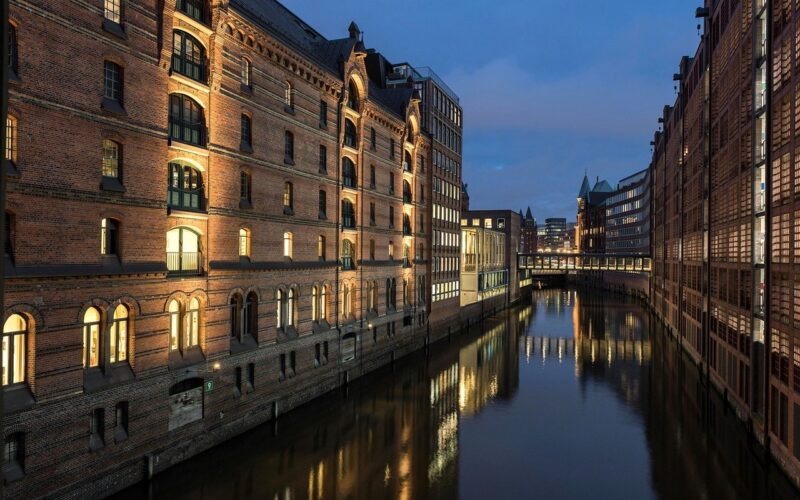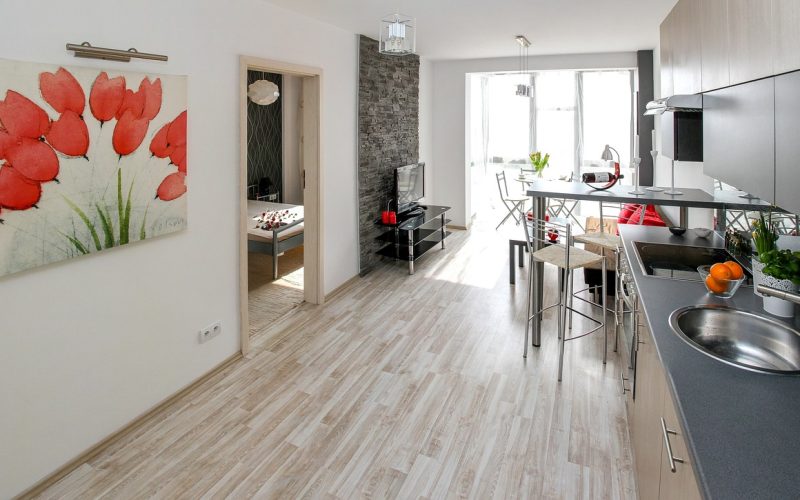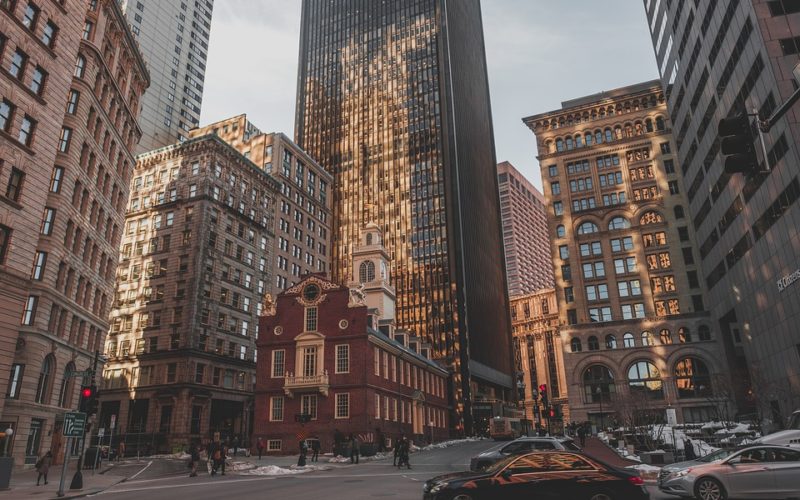Effective Security Measures
Urban construction projects are not just about modern architecture and state of the art infrastructure; they must also prioritise security to ensure the safety of both residents and the workforce. One fundamental aspect of this is understanding the security needs specific to densely populated cityscapes.
Effective security measures help mitigate risks, prevent potential dangers, and provide a safe environment for everyone. Key components of urban construction security include planning for physical security, implementing surveillance measures, and incorporating robust access control systems.
Vehicular traffic
Public safety remains central to the security requirements of any urban construction project. City environments bring unique challenges, including heavy pedestrian and vehicular traffic, making it imperative to protect construction sites from accidental intrusions and accidents.
Factors such as securing construction perimeters with fencing, deploying trained personnel, and utilising signage to warn the public about hazardous areas are non-negotiable. Simultaneously, urban construction must prioritise minimising disruption to the surrounding community, ensuring that safety precautions extend beyond the immediate site boundaries.
Potential breaches
Closed-circuit television (CCTV) systems are an indispensable tool in maintaining security across urban construction sites. These systems allow authorities and security personnel to monitor activity on-site in real-time, detect suspicious movements, and respond to potential breaches swiftly.
Strategically placing CCTV cameras at high-risk areas such as entry points, storage facilities for materials, and machinery zones can deter theft, vandalism, and other criminal activities. Additionally, high-definition recording capabilities ensure that any incidents are well-documented for investigation purposes.
ID verification systems
Another layer of security involves limiting access to the construction site using strict access control strategies, such as ID verification systems, biometric scanning, or smart card technology. Combined with surveillance measures like Bolton CCTV, these processes help to ensure that only authorised individuals can enter sensitive locations.
On larger urban projects, where multiple contractors and subcontractors work simultaneously, robust access control measures prevent confusion and unauthorised interference, thereby enhancing on-site safety and project management efficiency.
Comprehensive security framework
In addition to technological tools, human resources play a critical role in urban construction security. Employing trained guards or site supervisors ensures that a human presence is always available to respond to emergencies, enforce access policies, and oversee the operational aspects of security.
By combining human vigilance with technologies such as Closed-circuit television, urban construction sites can achieve a multi-layered, comprehensive security framework. Integration between surveillance systems and security personnel ensures any potential issues are addressed promptly and efficiently.
Presence of visible cameras
Urban landscapes often necessitate 24/7 surveillance given the implications of heightened population density and constant activity in the surrounding environment. This is particularly true for high-traffic areas where the construction zone's proximity to public spaces increases the chance of unauthorised access. CCTV Bolton remains a key deterrent against these risks, as the mere presence of visible cameras can discourage unwanted behaviour.
Furthermore, deploying a centralised monitoring hub further supports early detection and response mechanisms, offering an additional safeguard for urban construction projects.
Integrating security considerations
Urban construction security requirements must remain adaptable and scalable. An evolving construction site requires flexible security measures that change with the project's needs, whether through the repositioning of CCTV cameras, the rotation of guard patrols, or the updating of access control credentials.
Additionally, integrating security considerations into the planning phase of urban projects ensures better preparedness and risk mitigation. By acknowledging the dynamic nature of urban environments and their unique demands, developers can ensure that security remains a priority from project initiation to completion, protecting both the public and workforce alike.
